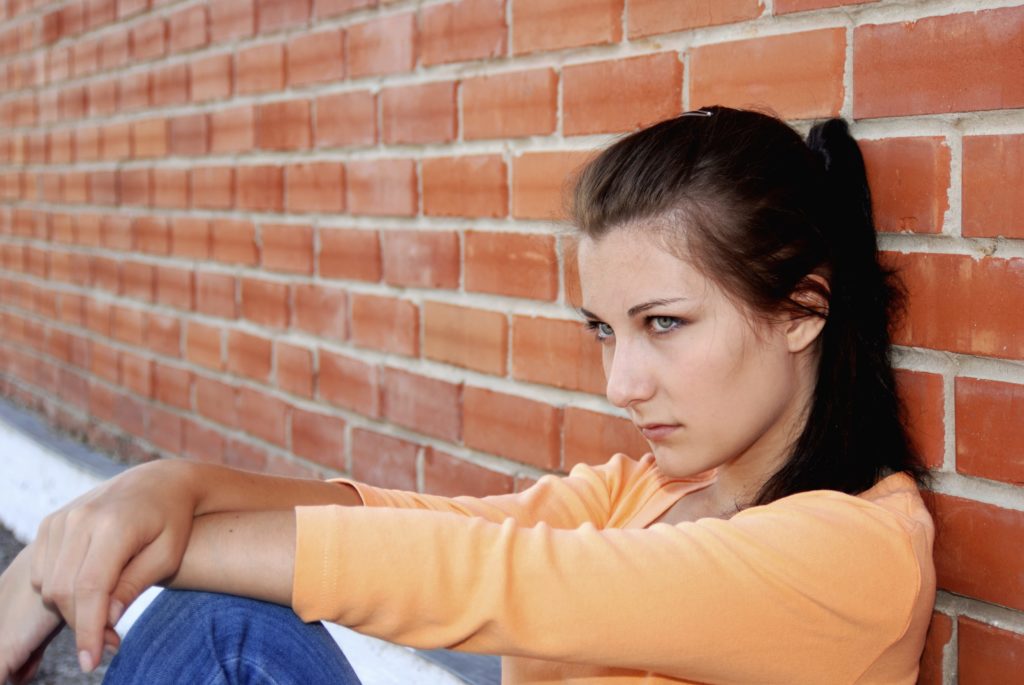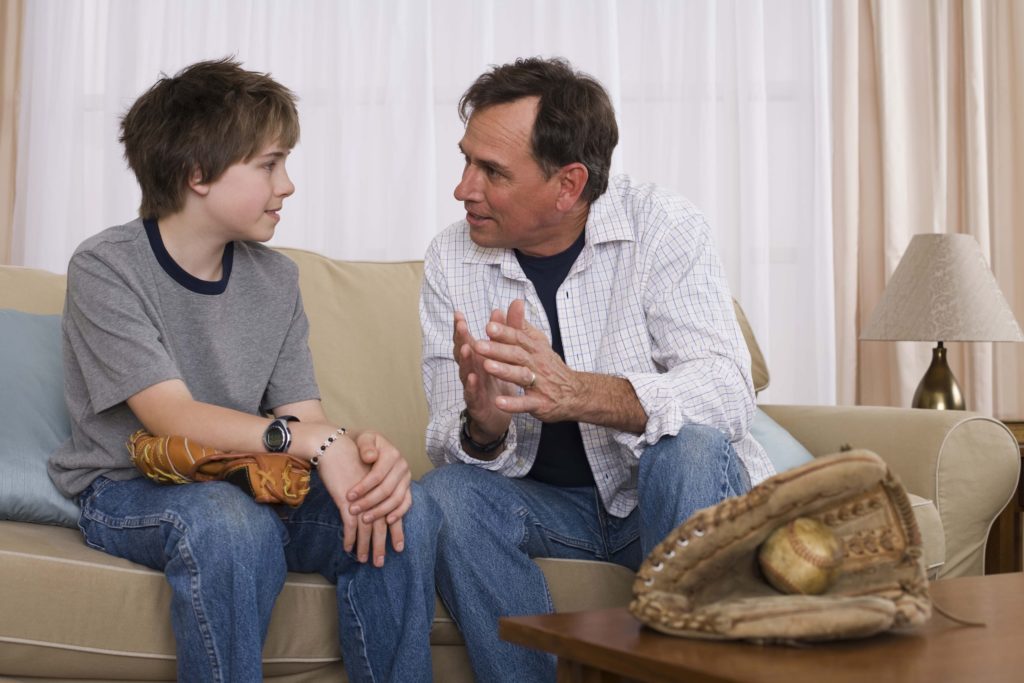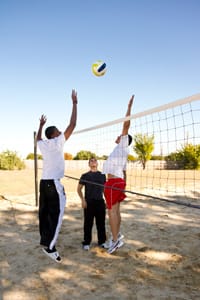It is hard to believe now, but there was actually a time when people dismissed bullying as nothing more than “kids being kids.” But once stories began to appear in the news about young people committing suicide in response to incessant bullying, many eyes were opened to the true gravity of the situation. When parents, educators, and social and community leaders were finally confronted with the facts, and the real scope of the problem became clear, the days of turning a blind eye to the devastating effects of bullying were over. All the facile assumptions of the past have now been overturned, and a shift in consciousness about the subject has taken place. Schools all across the nation have been declared “bully-free” zones, and concerned parents, teachers, and school administrators have been in constant dialogue over the past few years in an attempt to come to terms with the physical, psychological, and emotional toll that bullying has taken on the millions of young people who have been victimized. Current statistics do seem to indicate that bullying has been decreasing, perhaps as a result of the publicity campaign that has been carried out against it. But the problem has been so pervasive for so long that things cannot be expected to change completely overnight. Even now, 15 to 20 percent of all children and adolescents will be forced to deal with bullies at some point in their lives, and even though school officials have been leaders in the anti-bullying crusade most of this activity is still taking place in school-related settings. In their twisted search for attention, bullies are always seeking an audience of peers for whom they can perform, and the school environment obviously provides exactly what they are looking for. And unfortunately, if a child or adolescent is victimized in front of peers, others may decide to join in on the “fun” by making him or her a target for even more abuse and mistreatment. When bullying becomes a group activity the damage it can cause to vulnerable boys and girls is incalculable—and potentially deadly, as youth suicide statistics amply demonstrate. It has now become crystal clear that with bullying the “kids just being kids” concept is as far away from reality as it gets, and even if bullying is decreasing the fact that it exists at all presents a challenge to parents everywhere who are concerned about the welfare of their children. If you have a son or daughter who is of school age, the possibility that he or she could be preyed upon by a bully or bullies is very real (if it hasn’t happened already), and you need to take proactive steps to make sure your child is aware of the risk and will know what to do if and when bullies strike.
What Is to Be Done: Seven Solid Strategies for Handling a Bully
Any time parents discover that their child is being bullied, it is certainly a good idea to talk about the situation with school administrators, teachers, or any other authorities who might be in a position to take constructive action. But adult intervention is unlikely to solve the problem all on its own, which is why moms and dads should speak to their kids—preferably before they are actually being bullied, if that is possible—and offer guidance on how to handle themselves when other kids are persecuting or abusing them. If your child is being bullied, or if you are worried that it could happen in the future, what follows are seven suggestions for your son or daughter that could help him or her defuse tensions and manage such a situation intelligently, if and when it arises.
As a strategy to counteract bullying, children should be told to…
Avoid the bully whenever possible: Children who are being verbally or physically abused should be disabused of the notion that they need to prove how brave and strong they are by purposely seeking out and confronting their tormentors. The less often a bully and a potential victim meet, the more likely it is that the bully will eventually forget about that person and go looking for someone else—which is not an acceptable solution in the long run, but at least it is a step in the right direction.
- Stay with friends: When children are accompanied by friends, they are far less likely to attract the attention of bullies, who tend to be drawn to those who are isolated and therefore completely unprotected and vulnerable.
- Sign up for martial arts classes, i.e. karate, tae kwon do, judo, etc.: This suggestion should not be misunderstood. Learning self-defense techniques can boost a child’s self-confidence and sense of empowerment, but he or she should not be encouraged to seek out physical confrontation under any circumstances.
- Refrain from crying or getting angry: Bullies want an emotional response, and if they get it they will be encouraged and escalate their activities even further. As hard as it might be to remain calm, a stoic approach in the face of bullying is always the best strategy.
- Stand up straight and look the bully in the eye: Bullies seek out kids with poor self-esteem who seem weak or scared. When potential victims maintain their poise and conduct themselves with dignity, however, it spoils things for bullies, who prefer to attack children or adolescents who they know they can intimidate and humiliate.
- Try some clever retorts or funny comebacks: Bullies should not be mocked or taunted, but it is important for kids who are being attacked not to cede total control of the situation to the hostile aggressor, either. Reacting to a bully with humor and a dismissive attitude will put him off-balance and leave him feeling uncertain; however, the retorts should not be insulting or demeaning because that may only make the bully angry and possibly provoke a violent response.
- Avoid fighting at all costs: The idea that bullies are cowards who will back down if struck first is a myth. Fighting will only lead to more fighting, and since bullies are almost always bigger and stronger than their victims throwing the first punch is most certainly not the best way to solve the problem—not by a long shot.
There is no guarantee that following these suggestions will completely protect a child from abuse. But refusing to engage the bully on his own terms will rob him of the enjoyment he gets from the activity, and therefore remove much of the incentive that drove him to this sort of attention-seeking behavior in the first place. Ultimately, bullying is a societal problem that must be solved collectively, and we must recognize that bullies themselves are as much in need of understanding as their victims. But socio-cultural considerations aside, bullying is causing pain and suffering to innocent children right here and now, and it is incumbent upon parents to do everything in their power to prevent their sons and daughters from being attacked, abused, and persecuted by troubled young people who gain their sense of identity and purpose from this cruel and destructive practice.






